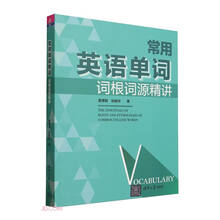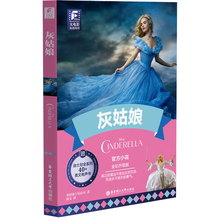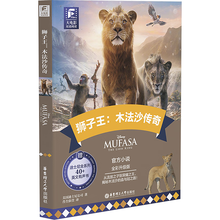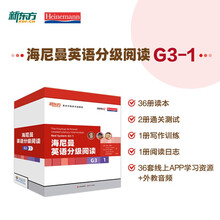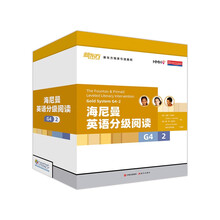8. In my work, I classify each person as Winter, Summer,Autumn or Spring. A simple way to determine your own season isto think of compliments you ve received in the past. Are peopleparticularly responsive when you wear a certain suit or dress?Think of your favorite weekend attire. When a man or womanchooses browns and beiges for his or her casual clothes, I can be al-most certain that person is an Autumn or a Spring. We tend to se-lect what looks best on us when we are not concerned about correctbusiness attire.
9. When I first met James Dulick, a sales manager for a cloth-ing company, he was wearing a charcoal-gray suit. Weeks later at aconvention, I saw him in a madras shirt and knaki pants. Helooked great, and I pointed out that dressing in the hues of autumnenhanced his autumn coloring. He was so impressed that he boughtseveral off-white shirts, which flattered his skin tone far more thanthe standard white business shirts he had been wearing. Then headded a couple of ties in the autumn shades of brick red and tealblue and wore one combination with his suit the next day. He gotso many positive reactions to his appearance that he wore his au-tumn attire throughout the convention.
10. To evaluate your own coloring, study your skin in naturallight. The "cool" skin tones of Winters and Summers have pink orgray-beige coloring, while Autumns and Springs tend to ivory,gold or peach. If youre not sure where you fit in, hold a piece ofwhite paper against your palm. Is your skin pink or gray next tothe white, or does it have a gold or peach cast?
11. For a more rigorous test, stand in front of a mirror andhold a solid-color shirt or towel from each of the four seasons toyour face. Use teal blue or rust for Autumn, ,royal blue or true redfor Winter, turquoise or coral for Spring, and powder blue or pas-tel pink for Summer. The right color will minimize wrinkles anddark circles, give your skin a healthy glow, and make you lookwell-rested and younger. The wrong color will accentuate wrinklesand dark circles, make your skin appear sallow, and might makeyou look tired and older. Here are further characteristics to lookfor.
12. Winter. There are more Winters than any other seasonaltype. Most have neutral or gray-beige skin, ranging from light todark. Many Asians, African-Americans and olive-skinned peopleare Winters. They have dark hair and eyes.
13. Winter people look best in cool colors with sharp con-trasts, like that of a dark sky against white snow. Mainstays oftheir wardrobe should include navy, black, white, red, gray andfuchsia.
14. Summer. Light beige or ruddy skin with pink undertonesgenerally characterizes Summers. As a child, Summer is oftenblond, though his hair tends to darken in his teens, Summers mayalso boast soft salt-and-pepper or pearly white hair. Their eyes areusually blue, green or gray.
1S. The Summer person~~s coloring is best complemented bydusty hues, and muted pastels, like those of a blue-green sea, hazywhite clouds or a gray-blue sky. They also look good in soft navy,blue-gray, rose-pink, lavender and plum.
16. Autumn. Autumns come in three varieties; fair-skinnedwith ivory or peach undertones; the true redhead, often with freck-les; and the brunette, whose skin tones range from medium to deepcopper. Hair is usually touched with red or golden highlights, andranges in color from auburn to copper, strawberry blond to carrot-top. Eyes are typically brown or green.
17. Autumns look best in rich, muted earth tones, includingdark brown, beige, brick red, gold and olive or forest green.
18. Spring. Springs have the most delicate coloring of all sea-sonal types. Skin is either ivory, peachy pink or golden beige. Hairranges from flaxen blond to light red or golden brown. Eyes aremost often blue, green, teal or aqua.
19. A Spring persons coloring is brought vividly to life by theclear colors of spring flowers like poppy red, periwinkle blue andthe bright greens of fresh buds. They shine in peach and pink,golden yellow and ivory.
20. While Most People do have an intuitive sense of what looksgood on them, their work-place wardrobe is often out of step withtheir natural coloring. In the early 1980s red "power" ties and suitsof navy blue or charcoal gray became symbols of success for aspir-ing young executives. Although businesswomen have generallyabandoned the look, it remains the unwritten dress code for maleexecutives in some corporations and professions. When I first sawPaul Kaplun, he was wearing a gray suit, a bright white shirt and ared tie the "uniform" worn by most male lawyers in the area.The clothes looked terrific, but they did not do justice to Paul, anAutumn. I showed him how to find his version of gray, thenchanged his shirt to off-white and his tie to a more flattering shadeof brick red. Soon Paul had a more attractive image, and one thatwas still appropriate for his job.
21. To dress for success, keep in mind these three generalrules :
1. When your goal is to convey authority, wear your seasonsdark colors. Navy is a favorite, but Autumns should consider char-coal brown.
展开





